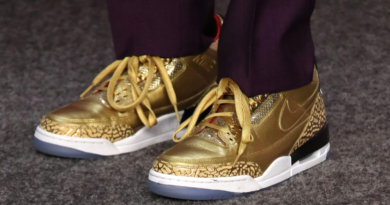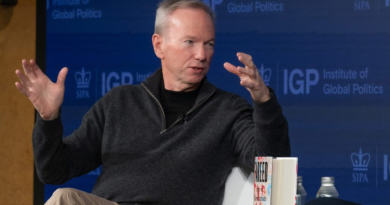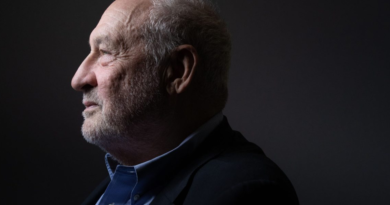Trump just called for a U.S. sovereign wealth fund. What would that look like?
The U.S. may be home to some of the world’s biggest investors, but unlike other countries such as Saudi Arabia and Singapore, the federal government doesn’t have an investment arm of its own.
That might change if Donald Trump is elected to a second term as president. Speaking at the Economic Club of New York on Thursday, Trump called for the creation of a sovereign wealth fund—a term that describes state-owned organizations that operate like hedge funds or private equity firms, pursuing different financial strategies such as buying up stock in public companies or backing startups and other private companies.
In his remarks, Trump kept the proposal vague, saying the fund would invest in “great national endeavors for the benefit of all of the American people” and arguing that other countries have sovereign wealth funds, but “we have nothing.” He added that the government could call its investing firm something other than a “sovereign wealth fund,” which, he said, may not be “appropriate.”
A history of sovereign wealth
While Trump may be looking to other countries as inspiration for his idea, the creation of sovereign wealth funds has typically coincided with budget surpluses, often as a result of oil booms. One of the first examples was Kuwait, which created an investment authority in 1953, followed by Norway’s Norges Bank Investment Management in 1967, and the Abu Dhabi Investment Authority in 1976; all three managed surplus oil revenue.
Even the U.S. has its own homegrown fund born out of oil money, with Alaska establishing one in 1976 that has yielded an annual payout to every state citizen since 1980. In 2023, every Alaskan—including children—received $1,312.
In recent years, sovereign wealth funds—especially from Asia and the Middle East—have become major players in the tech industry. Temasek, a Singaporean investment company that counts the country’s government as the sole equity shareholder, has backed top public companies such as Microsoft and Nvidia, as well as private companies—including, disastrously, FTX. Temasek also backs other funds, including the OpenAI investor Alpha Intelligence Capital, which is closing a $250 million second fund.
Another prominent example is Saudi Arabia’s Public Investment Fund, which owns a venture arm called Sanabil. Top U.S. funds including Andreessen Horowitz, Coatue, and KKR have drawn scrutiny for receiving Saudi capital from Sanabil, especially after the assassination of journalist Jamal Khashoggi by agents of the Saudi government.
‘America First’
Without additional context from Trump, it’s unclear how the U.S. sovereign wealth fund he proposed would operate, especially without a clear source of funding—or direction for capital investments.
Matt Bruenig, a progressive lawyer and founder of the think tank People’s Policy Project, has previously proposed a “social wealth fund for America,” about which he posted again on X after Trump’s remarks. Under Bruenig’s plan, the fund would tackle wealth inequality by issuing every American a share of ownership and accumulating assets such as stocks, bonds, and real estate. Citizens would not be permitted to sell their shares, but would earn a universal basic dividend, similar to the Alaskan model.
The sovereign wealth fund was not the only proposal from Trump in his speech on Thursday. He also announced that he would establish a “government efficiency commission” headed by Elon Musk that would be tasked with completing an audit of the government.
“I look forward to serving America if the opportunity arises,” Musk posted on X.
In our new special issue, a Wall Street legend gets a radical makeover, a tale of crypto iniquity, misbehaving poultry royalty, and more.
Read the stories.



